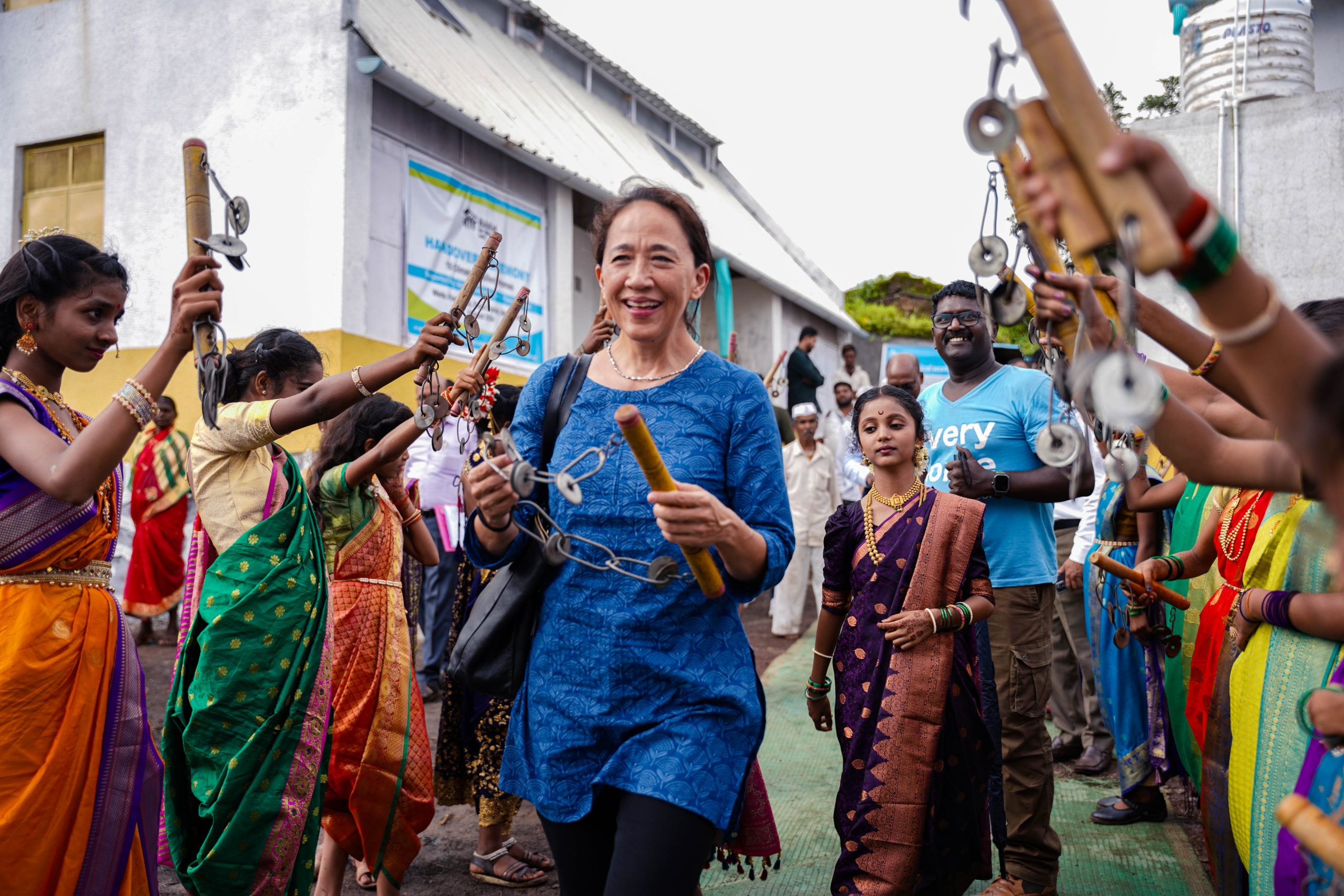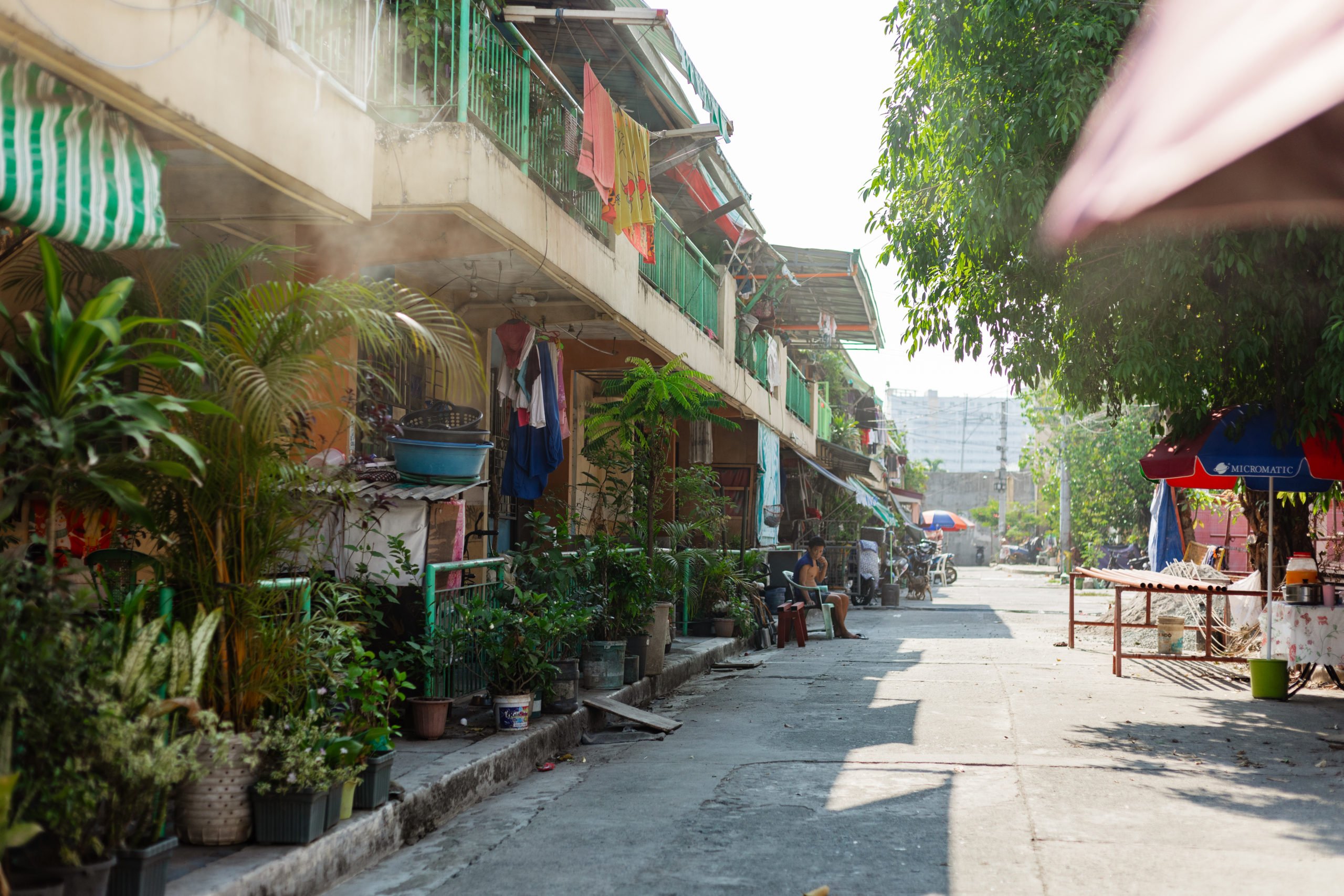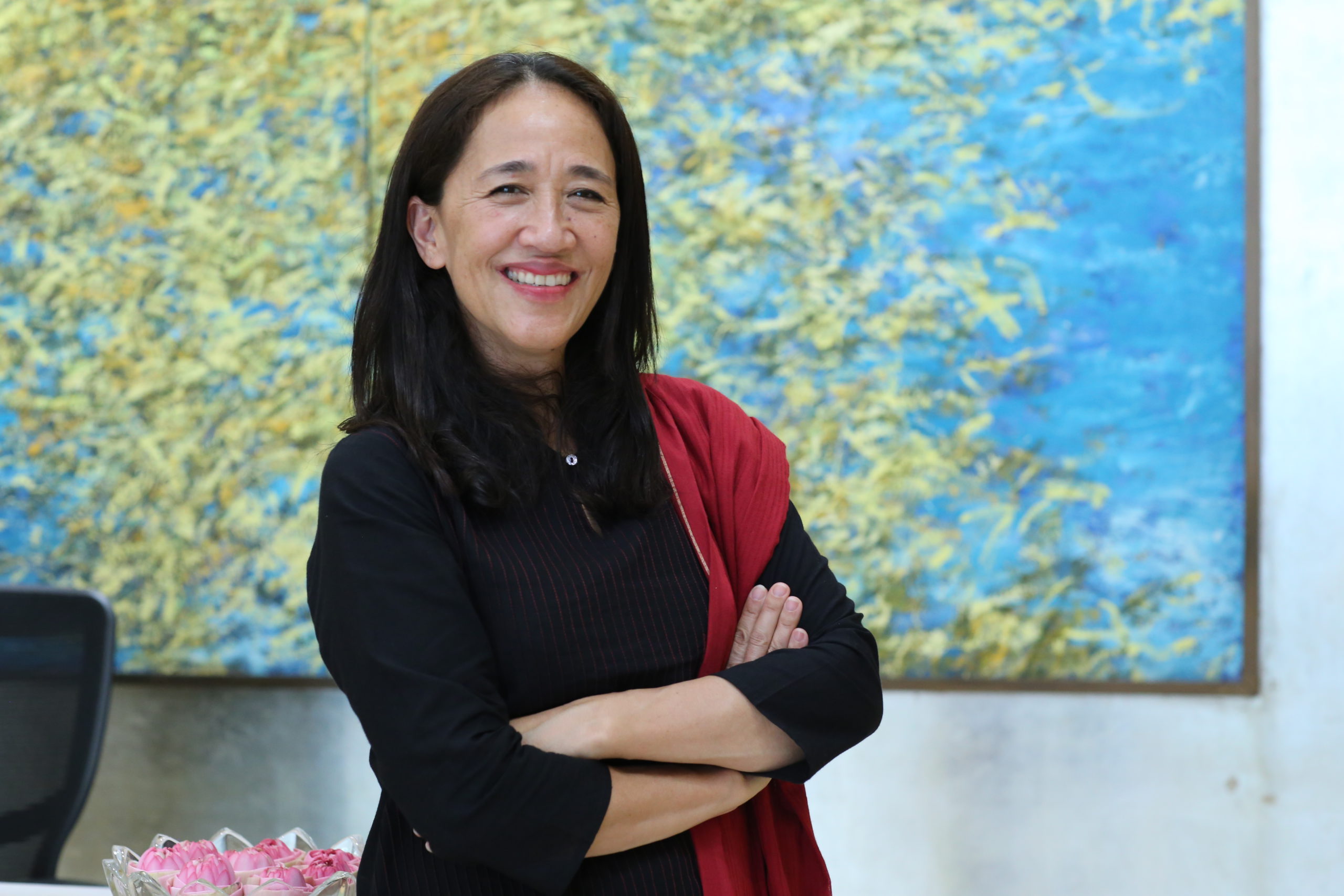Summary
In this article, Liz Satow, Area Vice President, Habitat for Humanity-Asia and the Pacific, talks about how housing has become increasingly out of reach among the residents of Asia-Pacific’s largest cities, contributing to the housing crisis in the region. Asia-Pacific countries are lagging in its efforts or not tracking enough indicators to achieve sustainable cities and communities, or SDG 11. If we fail to respond, millions of people will be deprived of the fundamental human right to a decent place to live, making them vulnerable to economic instability, disease, violence, and the effects of climate change. The Urban Land Institute’s 2024 Home Attainability report highlights Metro Manila, Ho Chi Minh City, and Hong Kong SAR as having low home attainability. Monthly rentals for apartments in Metro Manila, Metro Cebu, and Bangkok are among the steepest. As government ministers from across the region meet in Bangkok for the ESCAP-hosted intergovernmental meeting, we urge our leaders, corporations, and civil society actors to purposefully engage in partnerships and collective action to respond to the housing crisis.
Author: Liz Satow, Area Vice President, Habitat for Humanity-Asia and the Pacific
Komariah’s story sounds familiar to those who know of the colossal housing crisis in the Asia Pacific region. With a family income of 100,000 Indonesian rupiahs (about US$6) a day, what little she and her husband earn goes toward food and buying clean water. “If we don’t use clean water, then the children end up sick,” she said. It doesn’t help that her family lives in inadequate housing with insecure tenure along the coast of West Java.
According to the Asian Development Bank, the average price-to-income ratio across 211 cities in 27 developing countries in Asia is increasingly unaffordable. This is a far cry from what UN Habitat defines as affordable housing: the average house price is less than three times the annual household income for a home purchase and the ratio of the monthly rent for tenants is less than 25% of the net monthly household income. According to the Urban Land Institute,
“attainable housing” is when the median home price is less than five times the median annual household income or the median monthly rent is less than 30% of the median monthly household income. The reality of millions across our region is that they will never see anything close to these ideals.
The housing crisis impacts people from all parts of the Asia-Pacific region who are struggling with housing deficits and affordability. The 2024 Home Attainability report highlights Metro Manila, Ho Chi Minh City, and Hong Kong SAR as having low home attainability. Monthly rentals for apartments in Metro Manila, Metro Cebu, and Bangkok are among the steepest.
Rent in Metro Manila is estimated at 169% of median monthly income while in Metro Cebu, rent is 160% of the median monthly income. Even with two breadwinners in the family, rent consumes the income, leaving next to nothing for food, education, and healthcare.
- In Jakarta, the midpoint price for houses with land is more than 22 times of annual income. Six out of 10 houses in the country are deemed substandard. Climate-induced disasters also take a toll on the country’s housing stock.
- In India, home attainability is lowest in Mumbai and Bengaluru for purchase and rent. Rural-to-urban migration adds pressure to the housing demand in a country with a shortfall of 19 million housing units in urban areas.
If the housing crisis harms middle-income families, low-income families have it worse. Forced to live in congested, inadequate housing, far from transportation, schools and healthcare, families pay the consequences in their health, well-being, economic access and educational opportunities. As the former UN-Habitat Executive Director Maimunah Mohd Sharif asked: “It all starts at home, but if you have no home, where do you start?”
There is still time to change the narrative. Housing is foundational to good health, higher education, and better economic opportunities. A 2023 report shows that at-scale investments in adequate housing in informal settlements can increase a country’s gross domestic product by up to 10.5%, add about 2.4 years to average lifespan, and increase children’s expected schooling by up to 28%. Such benefits are best realized when people, governments, civil society and the private sector work together.
We have a fantastic opportunity when government leaders meet in Bangkok this week for the 81st session of the Economic and Social Commission for Asia and the Pacific. I urge ministries and other stakeholders to convene and build partnerships. Together, we can:
- better understand the housing challenges in countries through data collection and dialogues especially at local levels,
- co-create housing solutions through a participatory approach, emphasizing people-led, environmentally sustainable and culturally appropriate solutions,
- finance and implement proven housing solutions, and
- institutionalize successful housing mechanisms and processes in local and national policies.
The strategic partnership between the Asian Coalition for Housing Rights, CityNet and Habitat for Humanity is a good case in point. We aim to bring together community groups and local governments to highlight local needs and promote local solutions for critical dialogue and decision-making.
- working on research to support policies for resilient housing, housing finance, water, sanitation and hygiene, land tenure, slum upgrading, local government housing strategies, and cross-cutting topics such as gender, climate change, migration and people-centered partnership initiatives; and
- pooling resources and knowledge to effectively host capacity building workshops in member cities and partner-led forums in the region.
In Indonesia, Habitat for Humanity is part of the Gotong Royong Housing Coalition, demonstrating the potential and power of collaboration. Working with Indonesia’s Directorate General of Housing Finance at the Ministry of Public Works and Housing, the coalition is addressing the lack of housing finance support for low-income individuals, particularly those considered “unbankable.” They include residents of informal settlements and those working in informal sectors who may lack formal documentation needed to participate in traditional banking.
The coalition and the directorate analyzed the housing finance landscape in Indonesia and identified gaps in existing programs that leave many people underserved. Their report underlined the importance of housing cooperatives as a viable option to improve the access of marginalized, “unbankable” communities to affordable housing.
The Gotong Royong Housing pilot project in Tanjung Kait illustrates the housing cooperative model. For the 110 families such as Komariah’s, this is a boon. Working through the coalition, Habitat Indonesia trained members of the local community about their housing rights and leveraging those rights. Kampong Tanjung Kait will see new or repaired homes, increased access to clean water and connection to city electricity grid, improved roads and better drainage, more green spaces and wave-breaking structures.
For Komariah, security of tenure is the key change. “Finally, we have a chance to own our land. It may be smaller than what we have now, but it is ours.” Meanwhile, Habitat Indonesia continues to forge partnerships with the Tangerang district government, the landowner and KOMIDA, one of the country’s largest microfinance institutions. “The government ensures that the community is involved at every stage of the project. This minimizes incidents of conflict and friction within the community and with the government,” said Dwi Agustanti, Habitat Indonesia’s program manager.
Such a people-centered approach can also anchor discussions at the 81st session organized by ESCAP. We must realize the potential and the power of regional cooperation to ensure an inclusive, sustainable future for the Komariahs of this region.




